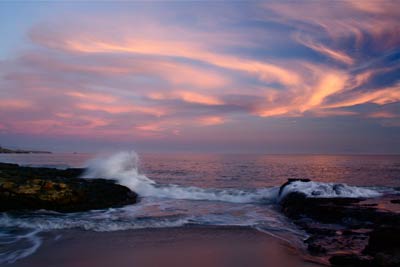All Nonfiction
- Bullying
- Books
- Academic
- Author Interviews
- Celebrity interviews
- College Articles
- College Essays
- Educator of the Year
- Heroes
- Interviews
- Memoir
- Personal Experience
- Sports
- Travel & Culture
All Opinions
- Bullying
- Current Events / Politics
- Discrimination
- Drugs / Alcohol / Smoking
- Entertainment / Celebrities
- Environment
- Love / Relationships
- Movies / Music / TV
- Pop Culture / Trends
- School / College
- Social Issues / Civics
- Spirituality / Religion
- Sports / Hobbies
All Hot Topics
- Bullying
- Community Service
- Environment
- Health
- Letters to the Editor
- Pride & Prejudice
- What Matters
- Back
Summer Guide
- Program Links
- Program Reviews
- Back
College Guide
- College Links
- College Reviews
- College Essays
- College Articles
- Back
Should Orcas Be Released if Ready?
Animals in zoological parks such as Six Flags and Seaworld are well known for their animal shows and representation of intelligent creatures like orcas and dolphins. Peoples exploitation of these types of animals are for entertainment instead of education. Of course the exposure of these performance cetaceans is a problem and brings up the question, what do we do with them? Large corporations like this are known for the exploitation of these animals and they are no longer able to gain any more animals for these types of shows, and this makes us think if we let them go into the wild or if we need to keep them in the parks for their safety.
There are benefits and drawbacks to both sides of the argument of whether we keep the animals in captivity or if we release them. The problem with animals like dolphins and orcas is that those animals are very family oriented and do not let new members in. Also, the animals in exhibits like Seaworld and Six Flags is that they are hand fed everything and they are not kept in an enclosure that is like the wild. We need to leave the animals in the zoological parks because they will not be able to survive in the wild by themselves.
In the research paper produced by marine biologist Kayla Patama, she cites her research and notes that zoo’s try to create a “Sustainable and harmonious relationship with nature by doing four things:” Conservation, biology, natural history, and laws. After watching the documentary on Seaworlds treatment of their animals in, Blackfish, the film showed that zoological parks do not care for their animals and fill what Patama stated the parks wanted to create. One big problem with these parks is the education aspect of them. During the documentary it showed employees giving tours to people inside their park. The people on the tour would ask questions such as, “Are the dorsal fins are supposed to be bent?” In the wild only about one percent of all orcas in the wild have a bent dorsal fin, but of course the park employees said that the collapsed fin is very common in the wild, lying straight to the people on the tour, just to protect their image. Seaworld employees were able to lie so often about the orcas in their parks because orcas weren’t a commonly seen animal. This made it so that it was easier to lie to the customers. These orcas also have been in captivity their whole lives and may not be accepted into an actual family in the wild. This brings up the point that they may not remain healthy in the parks but may also struggle living in the wild on their own.
Blackfish also started new laws and bans to prevent large corporations such as Seaworld and Six Flags from being able to use any more orcas after they are lost. In the article, Orca Shows and Breeding Banned in California, Kristen Hugo says, “California Governor Jerry Brown signed the Orca Protection and Safety Act into law on Tuesday, banning the breeding of killer whales in captivity, as well as the circus-like shows that have them performing for crowds” This ban was passed through the popularity of Blackfish, and is a great example of what modern day enforcement is on these animals and the companies that are holding them. They will be able to live in safety with these instructors or they can be possibly hurt trying to fit back into the wild.
The ban that governor Brown presented was helpful to no longer bring in any more orcas into the parks, but we need to make up our minds about a decision for these orcas that are already in captivity. They could be released back into the wild through an ocean conservation group, where they can teach the orcas to be self sustainable in the wild. This will make sure that they get used to an ocean like environment and they can learn how to survive and start to live more naturally again.

Similar Articles
JOIN THE DISCUSSION
This article has 0 comments.
